Have you ever wondered what the diamonds look like when they are unearthed for the first time? Do they look like the diamonds on our engagement rings? In this blog post, I will take you through the diamond cutting and polishing journey.
The process of transforming a rough diamond into a flawless gemstone is called diamond cutting and polishing. It is an art that requires years of experience to master. Every facet of the diamond must be perfectly aligned to ensure mesmerizing brilliance and the exuding sparkle we are so used to seeing in diamonds. As we talked about in the previous blog posts, there are four Cs you must consider whenever buying luxury diamonds. Diamond Cut is the C that affects all the other Cs and has the most impact on the grading of the diamond. The most minor mistakes during the cutting process can have a major impact on the cut grade of the final gem.
Have you ever seen a diamond on an engagement ring or other jewelry that left you speechless? If yes, then chances are that the diamond was cut and polished by hand. It takes a combination of modern technology and ancient cutting techniques to create a gem that leaves even those with trained eyes speechless.
There are five steps in the diamond cutting and polishing process, so let’s take a look at them.
5 Steps To Creating An Engagement Ring Worthy Diamond
The five unique steps in the diamond cutting and polishing process begin with:
1- Analyzing
The first and essential step toward the cutting and polishing process is the examination of the raw diamond. This step requires an all-consuming creative mind, expertise, and accuracy by an accomplished diamond cutter. After carefully analyzing the raw diamond and putting it through various imaging technologies and computer software, the best cut is determined to boost its end worth and appearance. This step must be finished effectively whenever done by an expert jewel shaper whose prepared eye and mastery allow him to decide the most ideal cut for the raw diamond.
A master diamond cutter will consider different conceivable outcomes prior to concluding which of them will yield the best quality gem, as it is a jewel’s cut that decides its likelihood to mirror light. Regardless of whether a jewel is reviewed well as far as its tone, clarity, and carat weight, an unfortunate cut will bring about a dull impact, which significantly influences the worth of the stone.
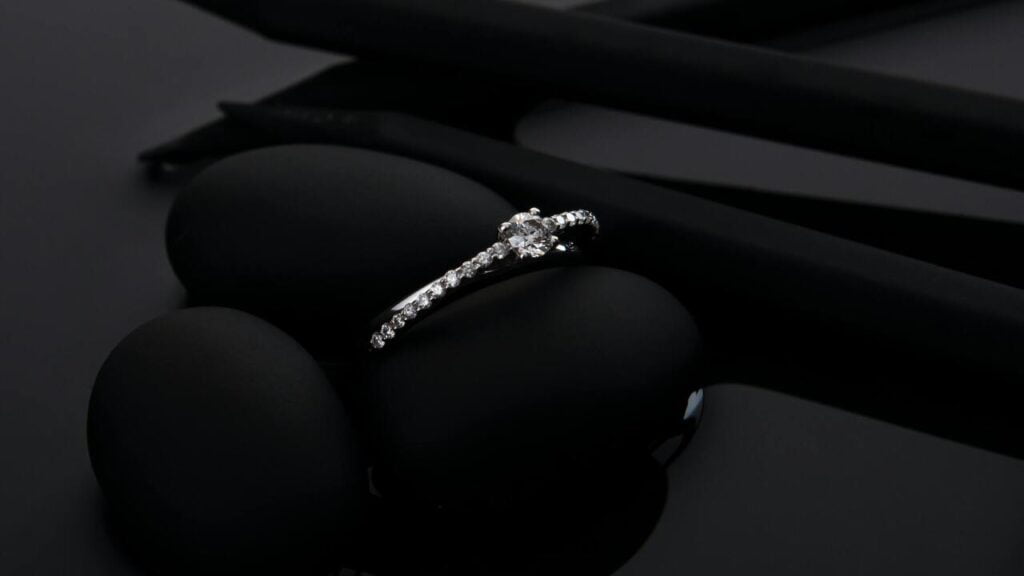
2- Marking
The next step in the diamond cutting and polishing step is the marking. 3D laser technology is used to mark the rough stone. Even a fraction of a millimeter of difference in the marking can affect the diamond’s cut grading. This is also the reason a diamond maker prefers to make more high cut grade diamonds by working around an inclusion in a large rough stone than making one large diamond with significantly low grading.
As I said, even the slightest imperfections can affect the grading of the diamond. This is why a diamond cutter must always be a highly trained professional with a trained eye; only a trained eye can catch the slightest imperfections.
3- Sawing
Have you at any point considered what befalls the jewel dust that is left over after a raw diamond stone has been cut? When denoted, a precious stone is put on a diamond cutter’s cutting shaft for the third step toward the cutting and cleaning process. The raw jewel is cut where it has been set apart with a copper edge with a combination of oil and precious stone powder. The axle spins at a mind boggling 3000 revolutions each moment. It is the jewel powder on the copper edge that actually cuts the stone and not the copper edge itself. This is on the grounds that diamonds are the hardest mineral known to man and must be cut by another diamond.
Every diamond is extraordinary, and its cutting points should be arranged with mathematical accuracy to achieve the ideal outcome.
4- Blocking
Establishing the groundwork for a diamond’s true capacity, blocking lays out a diamond’s essential symmetry by making the initial 17 or 18 facets. For a few small diamonds, the cycle stops here. However, larger precious stones happen to an expert brilliant to have extra features cleaned, adding to the brightness and fire of the diamond.
5- Polishing
Otherwise called brillianteering, polishing is the last phase of the cutting system. The diamond’s last features are cleaned and molded to ideal extents and ideal balance so that the precious stone reflects the most significant measure of white light. The more sparkle and brilliance a diamond has, the more beautiful it is and the higher its worth will be. This step decides the fire, brightness, and glimmer the jewel will have.
Summary
The art of diamond cutting and polishing must be done by a master diamond maker. Only a trained eye can catch the slightest imperfections in a diamond, which affects its cut grade and all the other Cs.

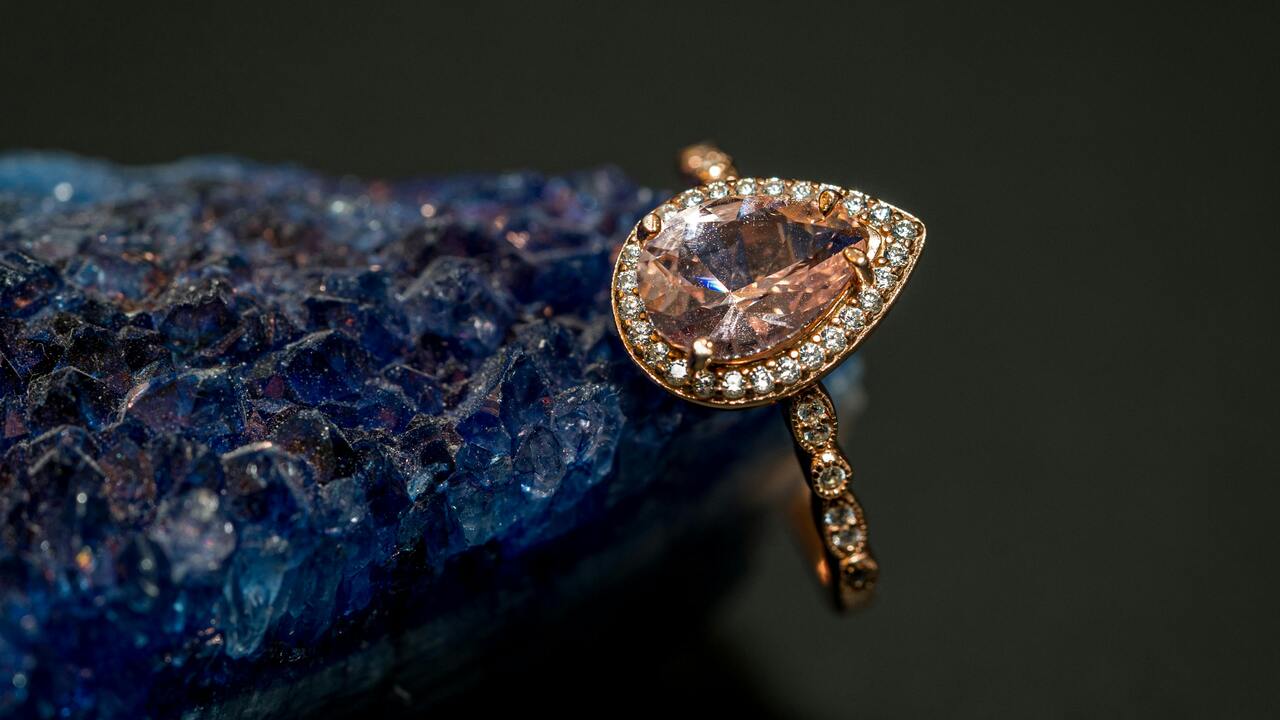
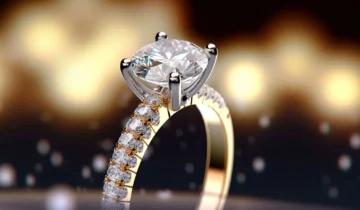
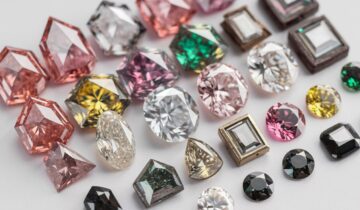
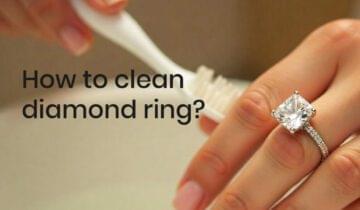
 No products in the cart.
No products in the cart.